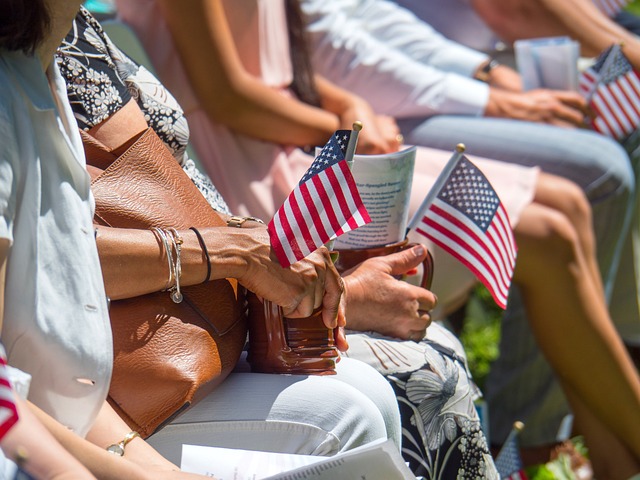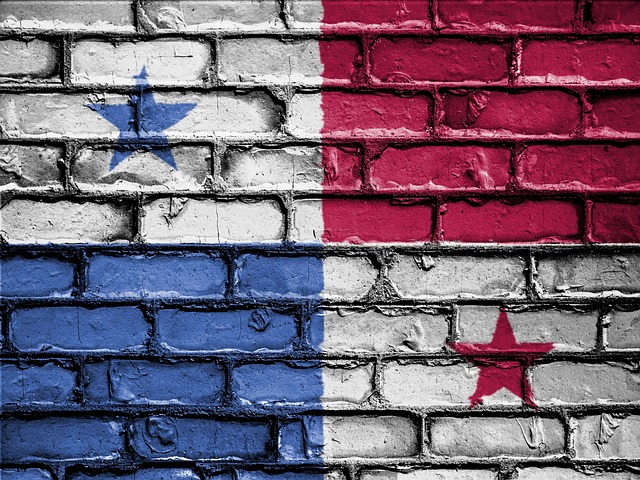The article discusses the significance of the 8 x 12 American flag dimensions, which are officially endorsed by federal agencies for outdoor display and have become the standard for public spaces across the nation. This size is historically rooted and practical, ensuring the flag's visibility and recognition as a national symbol in civic centers. It aligns with the U.S. Flag Code and serves as an educational tool teaching younger generations about national symbols, fostering civic pride and unity. The 8 x 12 American flag influences architectural design, affecting spatial dynamics in civic centers by impacting elements like column heights, window placements, and overall aesthetic balance. Its consistent use nationwide promotes a shared visual language and symbolizes the values and traditions that unite Americans. This flag size is not just a representation of national pride but also a key component in creating a sense of community identity and collective belonging within public spaces.
8 x 12 American flags gracefully unfurled atop civic centers serve as a national emblem, symbolizing unity and pride within community spaces. This article explores the significance of these proportions in architecture, their influence on space utilization, and the deep-seated symbolism they hold for identity and gathering. Join us as we delve into the dimensions that define our civic centers, examining how the 8 x 12 American flag sets a standard that marries practical design with powerful representation.
- Understanding the Dimensions: The Significance of an 8 x 12 American Flag in Civic Centers
- Civic Center Designs: How the Size of an American Flag Influences Architecture and Space Utilization
- Symbolism and Scale: The Role of Standard Flags in Community Identity and Gathering Spaces
Understanding the Dimensions: The Significance of an 8 x 12 American Flag in Civic Centers

The dimensions of an American flag, particularly an 8 x 12 American flag, carry significant meaning and symbolism within civic centers across the nation. An 8 x 12 flag is the official size for display and ceremonial use outdoors by federal agencies and is often adopted as a standard in public spaces to honor the country’s heritage and values. Civic centers, as hubs of community engagement and governmental interaction, frequently feature this flag size prominently. The choice of this specific dimension is rooted in both tradition and practicality; it allows for clear visibility from a distance, ensuring that the emblematic stars and stripes are recognizable to all who enter these public spaces. This sizing also respects the flag’s proportions as outlined by the U.S. Flag Code, which advocates for an 8 x 12 or larger flag when displayed horizontally or vertically against a wall or in a public auditorium.
Furthermore, the 8 x 12 American flag’s presence in civic centers serves as a reminder of the nation’s unity and shared identity. Its display is not merely ceremonial but also educational, teaching younger generations about symbols of national pride and the importance of civic engagement within these spaces. The flag’s size ensures that it stands as a beacon of freedom and democracy, a tangible representation of the country’s principles and aspirations. It is a unifying element in public life, reminding citizens of their collective heritage and shared future as they gather for community events or engage with local government.
Civic Center Designs: How the Size of an American Flag Influences Architecture and Space Utilization

8 x 12 American flags are a symbolic staple in the design and placement of civic centers across the United States, influencing both the architectural elements and space utilization within these public venues. The scale of an 8 x 12 flag, as prescribed by the U.S. government for federal buildings, serves as a guiding benchmark for the proportions of civic center spaces. Architects often incorporate this size into the design to honor the nation’s emblematic colors and ensure that the flag is prominently displayed, respecting its role as a unifying element within the community. This adherence to the standard size not only reinforces patriotic sentiment but also dictates the spatial dynamics of the center. The flag’s dimensions determine key architectural features such as column heights, window placements, and the overall aesthetic balance. Moreover, the 8 x 12 specification informs zoning and space allocation, particularly in outdoor plazas where the flagpole stands, ensuring that there is ample area for ceremonial events and public gatherings. The consistent use of this flag size across diverse civic centers creates a cohesive visual language that resonates with Americans nationwide, reflecting shared values and traditions through architectural design and space management.
Symbolism and Scale: The Role of Standard Flags in Community Identity and Gathering Spaces

8 x 12 American flags, emblematic of national unity and pride, often play a central role in the design and symbolism of civic centers. These large flags serve as a visual anchor, reinforcing the community’s identity and shared values within gathering spaces that are both functional and representative. The scale of an 8 x 12 American flag is particularly impactful; its proportions strike a balance between grandeur and accessibility, ensuring that it is visible and revered as a focal point without dominating the space. This sizing is not arbitrary but is rather a standard that has been adopted across the United States, reflecting a shared national norm that transcends regional differences. In civic centers, these flags are often accompanied by other design elements that mirror their symbolism, such as seating arrangements and landscaping, which collectively create an environment conducive to community events and collective experiences. The 8 x 12 American flag thus becomes more than a mere piece of cloth; it is a beacon of identity, a gathering point for collective celebration and reflection, and a testament to the values that unite individuals within these spaces. The scale and placement of these flags in civic centers are thoughtfully considered to enhance their symbolic significance, making them a crucial element in the design of community identity and gathering spaces.
